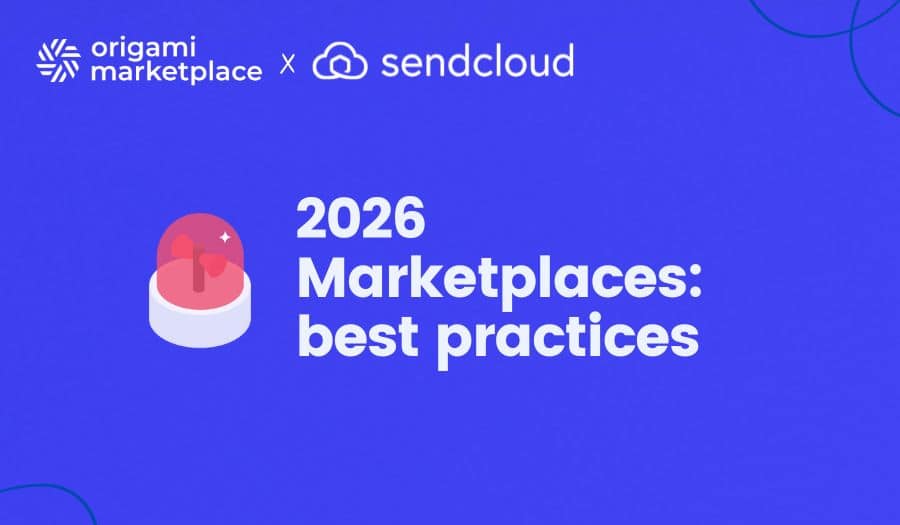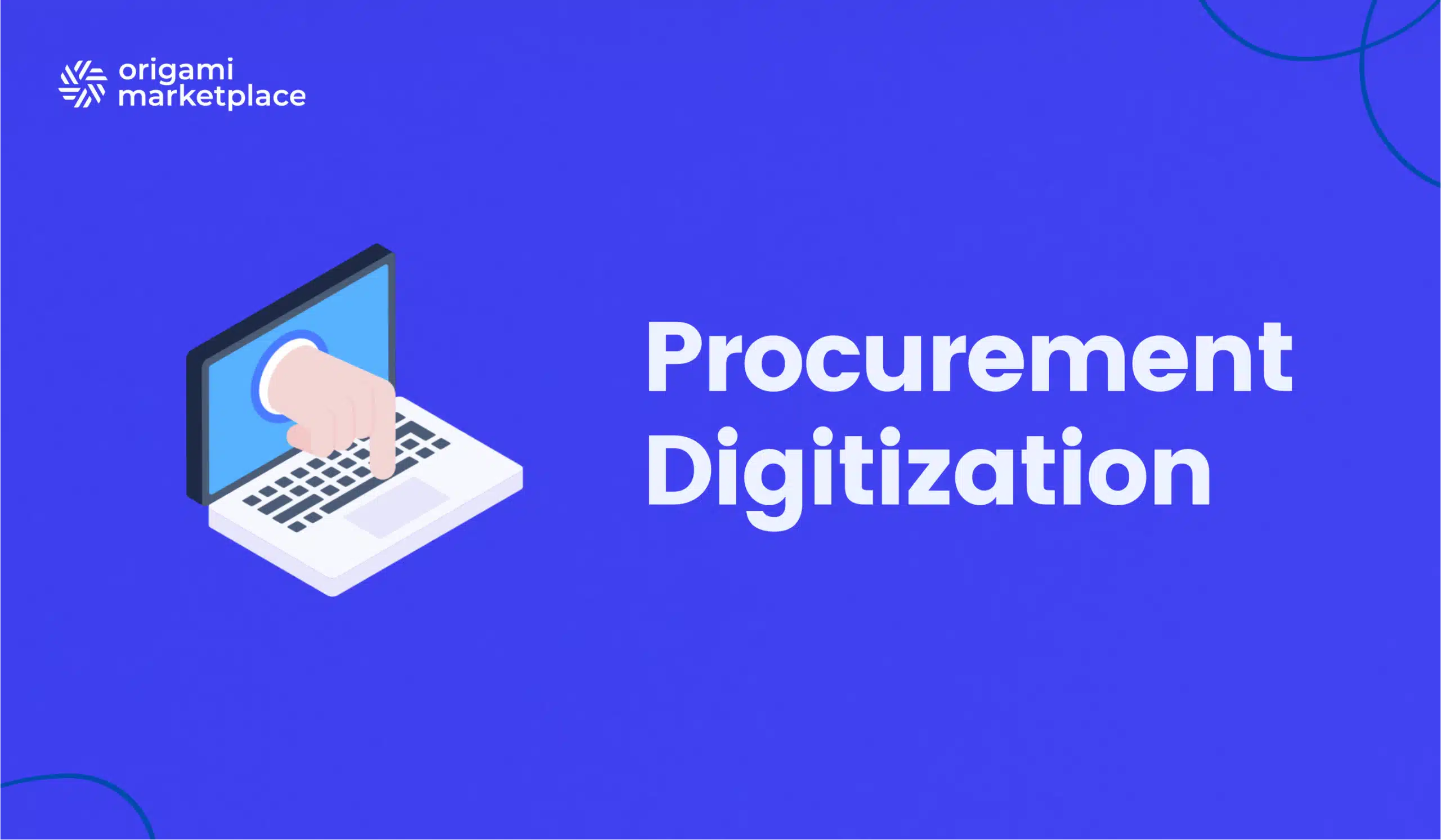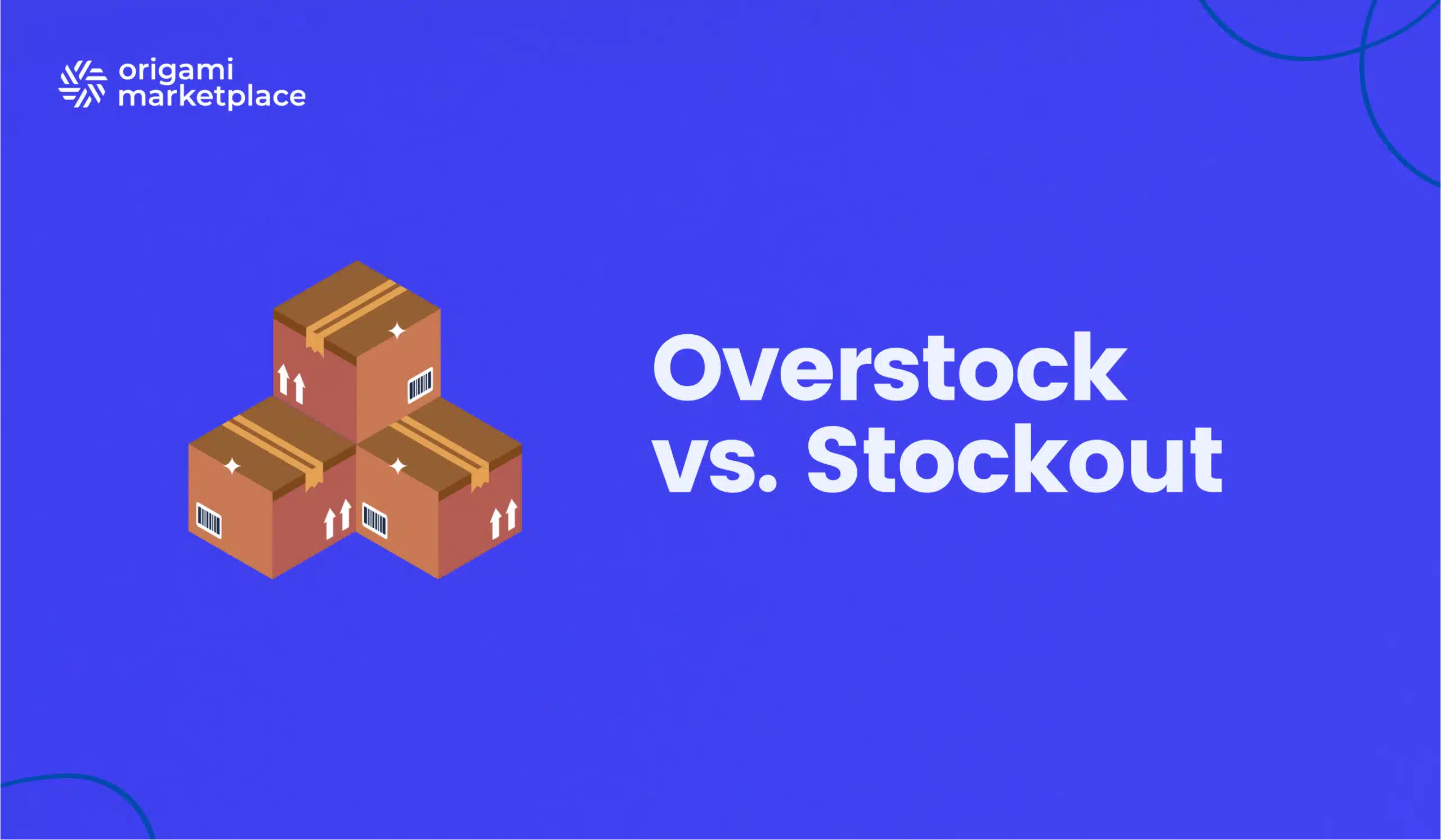PunchOut: How it Works, Benefits, and B2B Alternative
- Arnaud
- 11 minutes reading
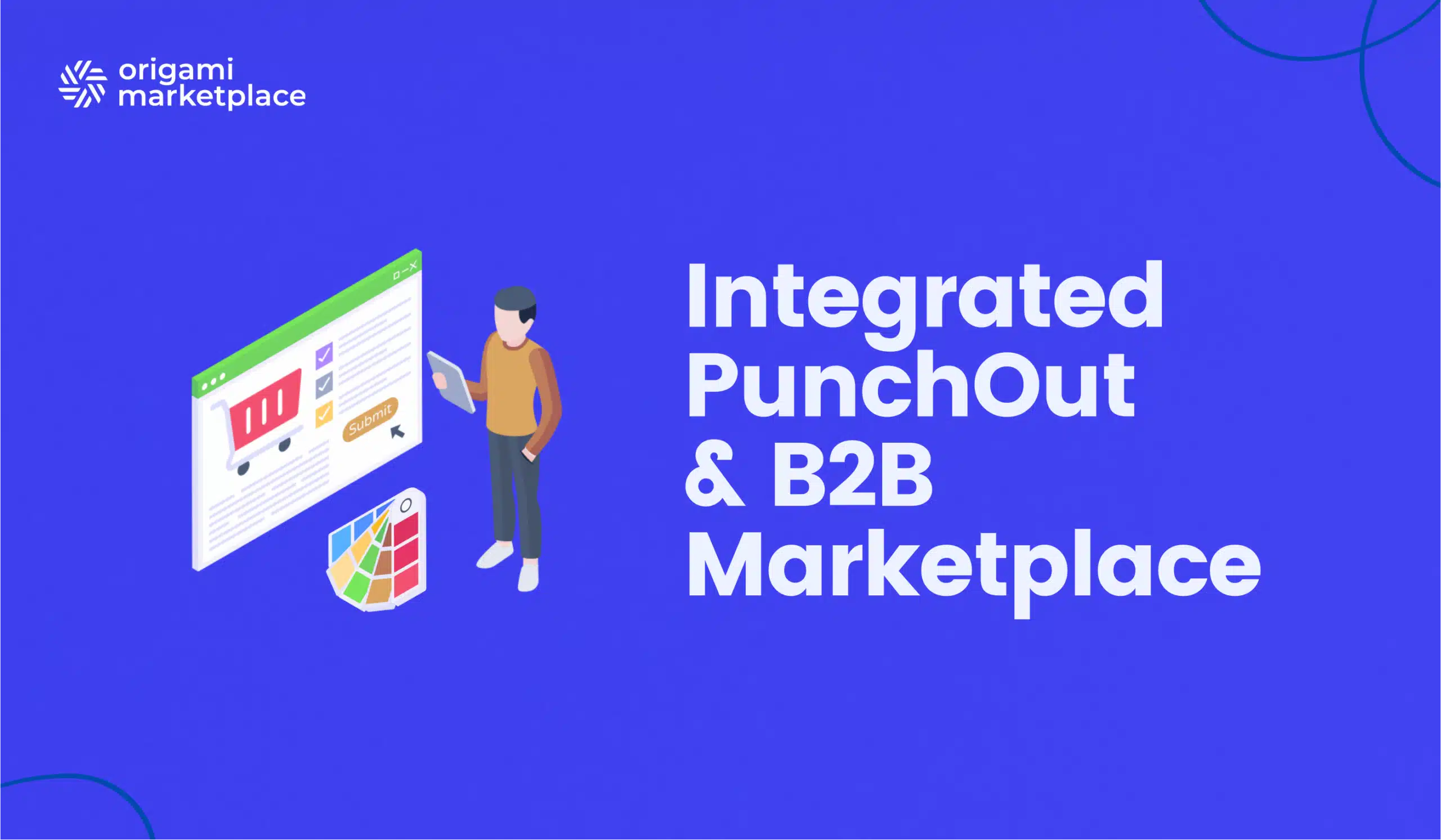
The PunchOut has revolutionized the way companies manage their B2B purchases by simplifying and automating complex procurement processes. Thanks to this technology, buyers can access suppliers’ online catalogs directly from their own ERP or e-procurement system, without having to navigate multiple platforms. However, with recent developments in digital commerce, solutions like B2B marketplaces also offer innovative answers. This article explores in detail how PunchOut works, its historical advantages, its current limitations, and how the B2B marketplace model offers an alternative that improves user experience.
- What is PunchOut and why has it revolutionized B2B procurement?
- a. Evolution from traditional practices to digital
- b. Simplified definition and functioning
- Types of PunchOut and their applications
- a. Standard protocols: cXML and OCI
- b. PunchOut levels: level 1 vs. level 2
- c. Static vs. dynamic PunchOut catalogs
- Specific benefits of PunchOut for B2B
- a. Automation, centralization, and cost management
- b. Customization, compliance, and improved user experience
- c. Error reduction and productivity improvement
- d. Zero maintenance and real-time updates
- Classic PunchOut or B2B marketplace integration: which solution to choose today?
- a. Comparison with hosted catalogs and modern solutions
- b. Simplified purchasing path and integrated payment
- Use case: How Orpi optimized product personalization with integrated PunchOut
👋 Don't have time to read the entire article? Find the article summary here.
1. What is PunchOut and why has it revolutionized B2B procurement?
A. Evolution from traditional practices to digital
Before the adoption of digital solutions, B2B purchasing processes relied on paper or analog catalogs. Buyers had to manually consult these catalogs to obtain product, pricing, and general sales condition information. They would then transfer the details into a manual purchase order, often leading to frequent errors and significant processing delays. These traditional methods were not only costly and slow but also ill-suited to the modern needs for flexibility and speed.
PunchOut has revolutionized these practices by offering a dematerialized and integrated method, where buyers can directly access products from their internal system, browse real-time updated offers, and finalize orders without leaving their usual environment.
B. Simplified definition and functioning
PunchOut is an e-procurement technology that allows companies to connect to a supplier’s online store directly from their ERP or e-procurement system. The buyer is redirected to the supplier’s site to configure and select products. The information is then transferred to the company’s purchasing system as a purchase request for validation and processing, ensuring seamless integration of procurement processes.
Here is how the B2B PunchOut process works step by step:
- Connection to the purchasing system: The buyer logs into their ERP or e-procurement platform and accesses integrated supplier catalogs.
- Selection of the PunchOut catalog: The buyer selects the desired supplier catalog, configured to redirect to the supplier’s website via a secure connection.
- Redirection to the PunchOut Store: The buyer is directed to the supplier’s website, which contains personalized information such as negotiated prices and specific contract terms.
- Selection and addition of products to the cart: The buyer browses products on the PunchOut site, adds them to the cart, and “validates” their selection.
- Return to the purchasing system with the cart: Cart information is automatically transferred back to the buyer’s purchasing system for validation.
- Order validation: The buyer reviews the cart and follows internal validation steps (approvals, budget verification, etc.).
- Order sending to the supplier: Once validated, the order is generated and electronically sent to the supplier via EDI or cXML.
- Delivery and payment management: The supplier ships the products, sends delivery notifications and invoices through complex systems. Payment is made according to agreed terms or other interconnected solutions.
This process allows buyers to manage the entire order flow from their usual work environment, ensuring a faster, more accurate, and simplified purchasing experience.
“Companies must prioritize automation and integration of their purchasing processes to remain competitive. PunchOut offers a powerful solution to centralize orders directly from an ERP, significantly reducing administrative costs and minimizing human errors. By opting for PunchOut catalogs, buyers can enjoy a seamless experience and benefit from real-time updates on products and prices. It is a true asset for companies looking to streamline their procurement processes.”

Alexandre Duquenoy
→ Connect with our B2B solutions expert.
2. Types of PunchOut and their applications
PunchOut is a flexible technology that adapts to the diverse needs of companies in B2B purchasing management. There are several types of PunchOut, each offering specific features to facilitate procurement processes. Here is an overview of the main types and their applications.
A. Standard protocols: cXML and OCI
PunchOut catalogs rely primarily on two commonly used protocols to enable communication between companies’ purchasing systems (ERP or e-procurement platforms) and suppliers’ e-commerce sites:
- cXML (Commerce eXtensible Markup Language): This protocol is widely adopted by platforms such as Ariba and Coupa. It facilitates data exchange between purchasing systems and suppliers’ online stores, enabling seamless integration and accurate order information management.
- OCI (Open Catalog Interface): Primarily used with SAP systems, OCI allows companies to directly integrate suppliers’ catalogs into their ERP. This provides a unified purchasing experience, where users can access information and products directly from their internal system.
These protocols ensure that exchanged information is accurate, secure, and up-to-date, giving companies better visibility and control over their purchases.
B. PunchOut Levels: Level 1 vs. Level 2
PunchOuts are available in two distinct levels, offering different purchasing experiences based on company needs.
- Level 1 PunchOut: This requires users to individually access supplier catalogs via their purchasing system. When a user wants to purchase a product, they must connect to the e-procurement system, select the supplier, and access their catalog through redirection to the supplier’s website. While this allows for product browsing and benefiting from personalized conditions, it can be cumbersome to open multiple catalogs to compare offers from different suppliers.
- Level 2 PunchOut: This simplifies the process by directly integrating suppliers’ products into the search results of the company’s purchasing system. Users can search for specific products directly from their ERP or e-procurement platform and see product links with integrated supplier names in the search results. This feature makes the purchasing experience smoother and more intuitive, allowing for quick comparison between different suppliers’ offers without having to access each catalog individually.
The choice between Level 1 and Level 2 PunchOut depends on the company’s needs for flexibility, comparison, and supplier management. Level 2 PunchOuts generally offer a more modern and optimized experience, especially for companies working with multiple suppliers.
C. Static vs. Dynamic PunchOut catalogs
In addition to protocol and level differences, it is important to distinguish between dynamic PunchOut catalogs and static catalog solutions, often called hosted catalogs (CIF).
- Hosted catalogs (CIF): These are static digital files that suppliers provide to buyers. They require manual updates to reflect changes in pricing, availability, or product specifications. While easy to implement, they present drawbacks due to the lack of real-time updates, which can lead to errors or inconsistencies in orders.
- Dynamic PunchOut catalogs: These allow buyers to access suppliers’ e-commerce sites directly, ensuring up-to-date information. Pricing, availability, and promotions are updated in real time, minimizing errors and providing greater transparency. Additionally, users can benefit from greater product customization and specific purchasing conditions, all without leaving their usual purchasing system.
Download our free requirement specification template
Access essential functionalities to successfully build your C2C, B2C, or B2B marketplace. This simple-to-use backlog template will support you at every project stage.
3. Specific advantages of PunchOut for B2B
A. Automation, centralization, and cost management
PunchOut allows companies to centralize their B2B purchasing processes, reducing administrative costs through automation. With better expense visibility and enhanced purchasing process control, buyers can benefit from personalized discounts and pre-negotiated rates with approved suppliers. This results in reduced labor costs, increased purchase order accuracy, and fewer unintentional purchases.
B. Personalization, compliance, and enhanced user experience
PunchOut catalogs offer product personalization, negotiated discounts, and ensure compliance with company purchasing policies. This integration guarantees that purchases are compliant with contractual agreements and that products are sourced from approved suppliers, contributing to more efficient customer-supplier relationship management. Additionally, PunchOut ensures a seamless purchasing experience that resembles direct access to the supplier’s site, simplifying navigation and order configuration.
C. Error reduction and productivity improvement
By automating data entry and directly integrating data between systems, PunchOut significantly reduces human errors associated with double entries or order inconsistencies. This not only improves order accuracy but also allows teams to focus on higher-value tasks.
D. Zero maintenance and real-time updates
One major advantage of PunchOut catalogs is that they are managed and updated by suppliers. Client companies therefore do not have to worry about product information maintenance or updates. Suppliers ensure that data on inventory, prices, and delivery times are constantly updated, ensuring optimal accuracy and availability.
4. Classic PunchOut or integrated with a B2B marketplace: Which solution to choose today?
A. Comparison with hosted catalogs
Hosted catalogs are static solutions that require manual updates and are often used for strategic products or limited item lists. Conversely, PunchOut, with its real-time update capability, is better suited to dynamic and broad offers, allowing for smoother and more flexible product management.
B. Simplified purchasing path and integrated payment with B2B marketplaces
Modern B2B marketplaces have evolved to offer a more integrated purchasing experience than traditional PunchOut. Instead of redirecting buyers to external platforms, marketplaces allow managing all stages of the purchase (selection, customization, payment) directly on a single interface. This significantly simplifies the purchasing process, reduces costs, and improves efficiency. Users can also customize products according to their specific needs and benefit from integrated payments, thereby simplifying financial management.
Here is how the B2B PunchOut process works via an integrated marketplace, step by step:
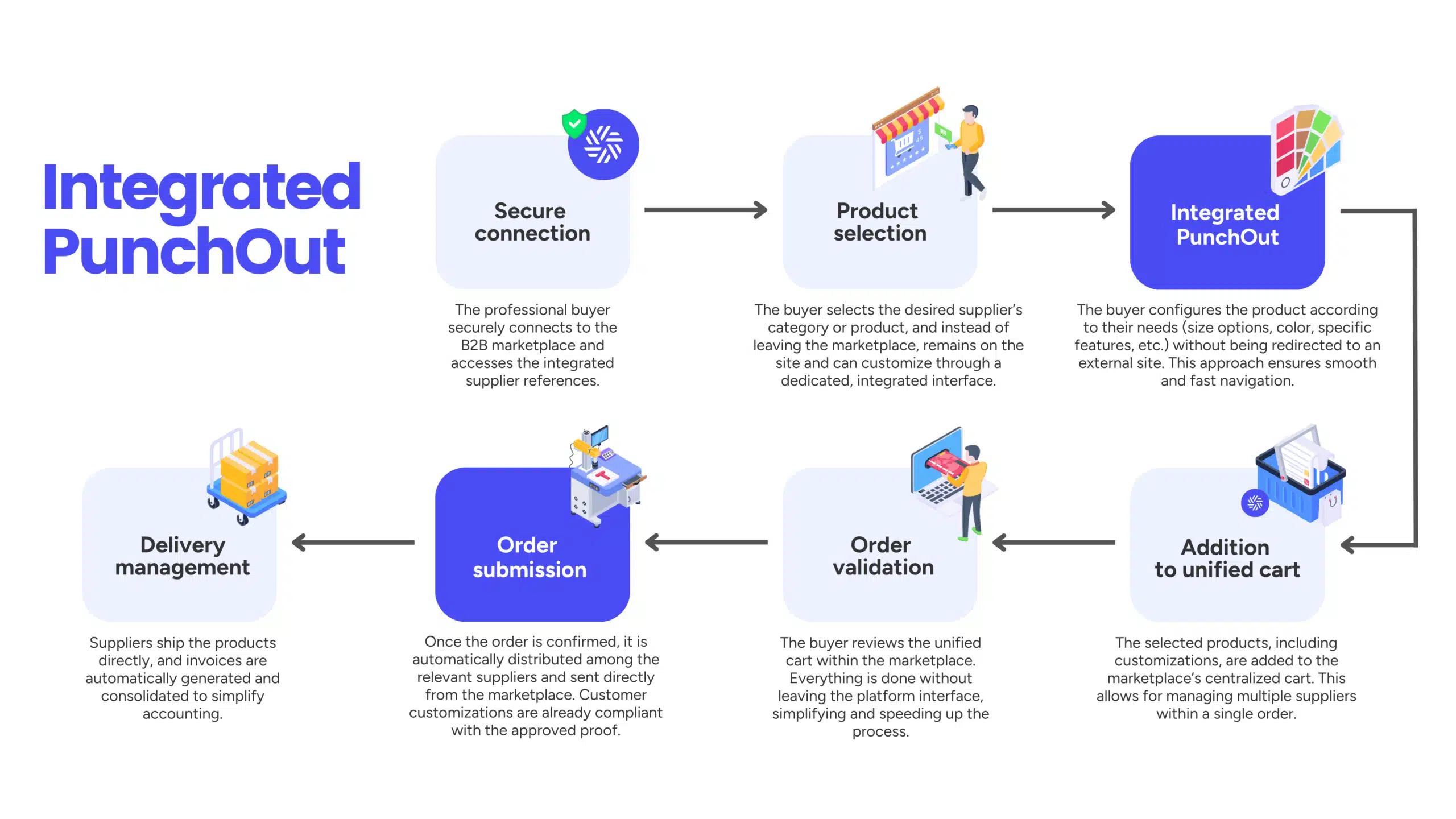
- Connection to the purchasing system: The professional buyer securely logs into the B2B marketplace and accesses the integrated supplier references.
- Selection of the customizable product: The buyer chooses the category or product from the desired supplier. Instead of leaving the marketplace, they stay on the site and can customize through a dedicated, integrated interface.
- Customization on the integrated PunchOut: The buyer configures the product according to their needs (size options, color, specific features, etc.) without being redirected to an external site. This approach ensures smooth and quick navigation.
- Selection and addition of products to a unified cart: The selected products, including customizations, are added to the marketplace’s centralized cart, allowing for multi-supplier management in a single order.
- Order validation: The buyer reviews the unified cart within the marketplace. Everything happens without leaving the platform interface, simplifying and speeding up the process.
- Order dispatch to supplier(s): Once the order is confirmed, it is automatically distributed among the concerned suppliers and sent directly from the marketplace. Customer personalization already conforms to the validated proof (BAT).
- Delivery and payment management: Suppliers receive orders, ship products, and delivery information is updated directly in the marketplace. Invoices are automatically generated and consolidated for simplified payment management.
With the implementation of an integrated B2B marketplace, the process becomes more streamlined and quicker, as buyers do not have to switch between multiple sites. The unified cart reduces error risks and simplifies invoicing, while offering companies and franchises better purchase management and a wider range of products.
“Today, B2B marketplaces bring a new dimension to professional purchasing management. They offer a unified interface for the entire purchase process, from product selection to integrated payment. Unlike traditional PunchOut solutions, marketplaces enable management of multiple suppliers on a single platform, simplifying the purchasing journey and optimizing order management. It is an ideal solution for companies seeking to improve purchasing efficiency and simplify financial management.”

Antoine Mantel
→ Connect with our B2B solutions expert.
5. Use case: Orpi optimizes the personalization of derivative products with integrated PunchOut
Orpi, one of France’s largest real estate networks, has always stood out for its innovative spirit and desire to optimize its processes to better serve its franchisees. With this goal, Orpi, alongside our team, implemented a secure and private marketplace to centralize the purchase of promotional items and derivative products. Thanks to PunchOut integration, this platform allows each franchisee to easily customize and order products from multiple suppliers, without ever leaving the group’s digital environment.
A simplified and efficient process for franchisees
The integrated PunchOut solution allows franchisees to benefit from a smooth and intuitive purchasing experience. They can directly access derivative product catalogs via the Orpi marketplace, where they can personalize their orders (adding logos, choosing colors, specific formats, etc.) without being redirected to other sites. Pre-registered information, such as negotiated prices and network-specific conditions, simplifies the configuration process and ensures compliance with brand standards.
Instant validation and considerable time savings
One of the major advantages of this integration is the instant validation of the proof (BAT) directly via the marketplace. Thanks to pre-added information and graphics conforming to the Orpi charter, the verification process is accelerated, eliminating time-consuming exchanges and risks of errors. Franchisees can thus place orders in just a few clicks, without losing time, while ensuring their products meet brand standards.
Key benefits for Orpi and its network:
- Pre-negotiated and referenced prices: Franchisees benefit from exclusive rates negotiated in advance by the central purchasing unit, allowing them to save without having to negotiate themselves.
- Effortless personalization: Product personalization is directly integrated into the marketplace, ensuring a simplified user experience and consistent brand graphics.
- Unique references for the network: All available products are specifically designed for Orpi, ensuring a strong and homogeneous brand identity across the network.
- Time savings for the central unit: By automating the purchasing and personalization processes through the platform, the Orpi central unit optimizes order management and reduces time spent on individual requests, allowing teams to focus on strategic tasks.
A strategic solution to strengthen brand identity
For Orpi, adopting this marketplace with integrated PunchOut not only simplified and optimized purchasing management for its franchisees but also enhanced their autonomy and satisfaction. Franchisees can now easily and quickly order personalized derivative products while respecting brand identity. Additionally, by centralizing transactions and optimizing logistics, the central purchasing unit can adjust its offer and manage suppliers with great flexibility.
Orpi thus demonstrates with Origami Marketplace how an innovative digital solution can transform B2B purchasing management and provide a significant competitive advantage in a sector where every time and efficiency gain counts. To learn more about this development, download the detailed case study and discover how to create a high-performing central purchasing unit capable of generating additional revenue and increasing the autonomy of your network.
“For complex purchases requiring specific configurations, integrated PunchOut is the ideal solution. It centralizes and simplifies order management with validated proofs (BAT). Today, B2B marketplaces stand out as preferred options, offering the flexibility of a PunchOut combined with the fluidity and efficiency of B2C marketplace user experiences, such as Amazon. This allows you to maximize productivity, reduce costs, and gain agility in your purchasing management.”

Alexandre Duquenoy
→ Connect with our B2B solutions expert.
The ideal model for companies seeking to optimize their B2B purchasing processes today lies in setting up a marketplace with integrated PunchOut.
This combination leverages the strengths of both approaches: the fluidity and simplicity of the marketplace, with the customization and precise management of complex purchases offered by PunchOut. By centralizing orders on a unified platform, companies gain in efficiency, reduce administrative costs, and improve user satisfaction. Moreover, this solution allows for agile supplier and product management while ensuring total compliance with internal purchasing policies and commercial agreements.
To remain competitive, companies must prioritize this hybrid strategy, offering the flexibility and productivity needed to succeed in a constantly evolving business environment. If you wish to discuss this topic or your professional needs, our team is at your disposal.
Key takeaways:
- PunchOut: E-procurement technology enabling companies to access supplier catalogs directly from their ERP, simplifying and automating purchasing processes.
- How it Works:
* Direct connection to the supplier’s website.
* Product selection and customization.
* Return to the purchasing system for validation and order submission through protocols like cXML or OCI. - Benefits of PunchOut:
* Automation and centralization of purchases.
* Reduction of errors and increased productivity.
* Real-time updates with zero maintenance for the buyer.
* Compliance with contractual terms and negotiated prices. - B2B Marketplace as an Alternative:
* Purchase management on a single interface without external redirection.
* Simplified purchasing journey with integrated payment and unified cart.
* Centralization of orders from multiple suppliers, simplifying logistics and invoicing.
Discover how Origami Marketplace’s API and partner network can transform your business, no matter its size, with its innovative marketplace-based solution.

